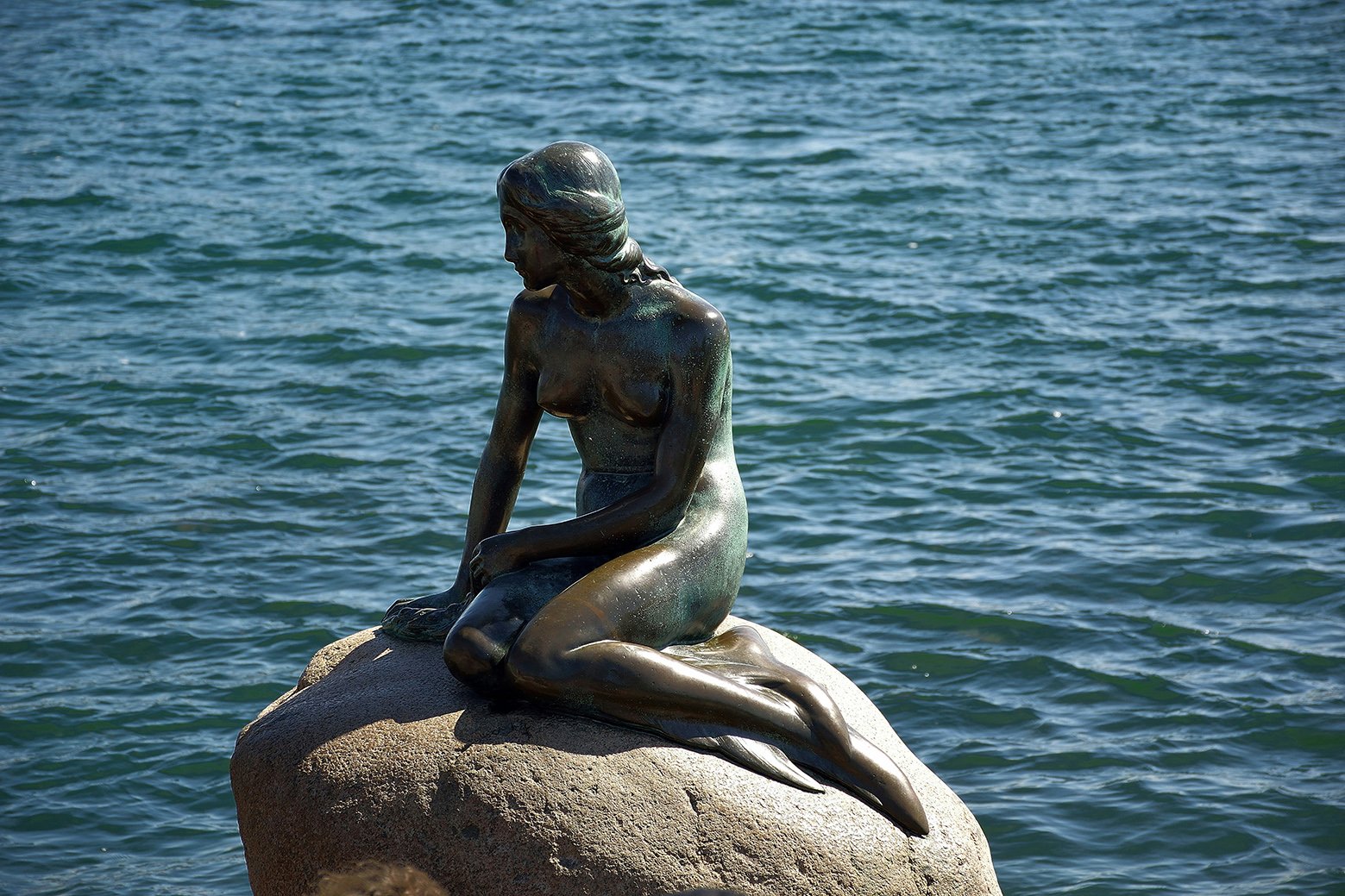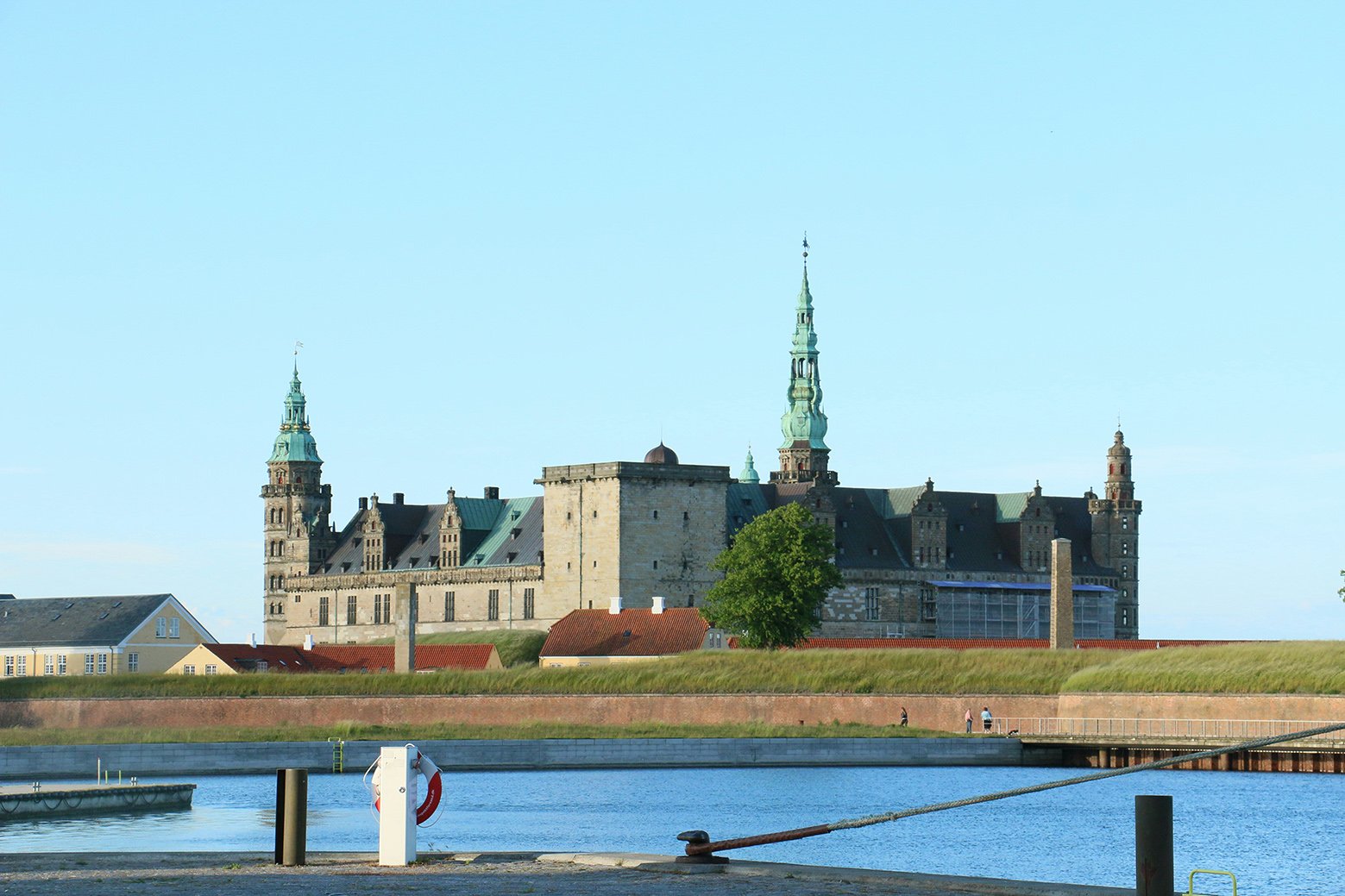European Classic
Denmark, a Scandinavian nation located to the north of Germany, is renowned for its rich cultural heritage, stunning landscapes, and welcoming atmosphere. The country's history stretches back thousands of years, shaping its unique identity that is celebrated by both locals and tourists. Denmark's heritage is a tapestry woven with Viking legacies, royal traditions, and influential movements in art and design, making it an intriguing destination for travelers from across the globe.
The stunning landscapes of Denmark contribute significantly to its appeal. From the picturesque coastal cliffs of Møn to the serene countryside dotted with idyllic farms, the natural beauty of Denmark is remarkable. Visitors can explore diverse terrains that include sandy beaches, rolling hills, and vibrant urban environments. The integration of these features makes the country a paradise for nature and adventure enthusiasts alike, offering opportunities for cycling, hiking, and exploration.
Sites such as the iconic Tivoli Gardens and the impressive Kronborg Castle are just a few examples of attractions that draw millions of visitors annually. These sites not only highlight the architectural prowess of various eras but also reflect the rich traditions that enrich Denmark’s identity.
Tourism plays a vital role in Denmark's economy, fostering international relationships and cultural exchange. The warm and hospitable nature of the Danish people enhances the travel experience, ensuring that visitors feel welcomed and valued. As travelers explore the rich heritage of Denmark, they discover a nation that seamlessly blends history with modernity.
Places
Danish Highlights

The Little Mermaid: A Symbol of Copenhagen
The Little Mermaid statue, an iconic symbol of Copenhagen, is deeply rooted in Danish culture and literature. This beloved landmark, which graces the picturesque waterfront at Langelinie Pier, draws millions of visitors each year, all eager to witness the enchanting figure inspired by Hans Christian Andersen's timeless fairy tale. Unveiled in 1913, the statue was created by sculptor Edvard Eriksen and has since become an emblematic representation of Denmark's rich artistic heritage. Sculpted in bronze and resting on a granite rock, The Little Mermaid depicts a beautiful mermaid who sacrifices everything for love. This poignant tale resonates with many, providing a backdrop that enhances the statue's allure. The statue's serene expression, her tail gracefully coiled beneath her, contributes to her mysterious charm, captivating visitors from around the globe. Situated close to the bustling city center, The Little Mermaid offers an easily accessible experience for tourists. Visitors often combine their trip to the statue with other attractions in the vicinity, such as the scenic Nyhavn harbor and the impressive Amalienborg Palace. The surrounding area includes beautiful parks and waterfront pathways.

Kronborg Castle: The Hamlet Experience
Kronborg Castle, situated in the picturesque town of Helsingør, is one of Denmark's most remarkable historical landmarks. Revered as the setting of William Shakespeare’s iconic play, "Hamlet," the castle enjoys a prestigious place in literary history. Its grandeur can be attributed not just to its connection with the play but also to its designation as a UNESCO World Heritage site, highlighting its cultural significance and its architectural masterpiece that dates back to the late Renaissance period. The construction of Kronborg Castle began in the 1420s as a fortress for controlling ship traffic through the Øresund Strait. Over the years, it evolved into a magnificent royal residence. The castle's impressive walls and fortifications reflect its role in Denmark's defense strategy during the tumultuous periods of history. Visitors are often captured by the castle's elegant blend of aesthetics and functionality, illustrating the heights of Danish Renaissance architecture. Stepping inside, one is instantly transported back to the 16th century, a time when royal courts were alive with drama and intrigue.

The Coastal Beauty of Skagen: Where Two Seas Meet
Skagen, a picturesque town situated at the northernmost point of Denmark, is renowned for its unique geographical feature where the North Sea and the Baltic Sea converge. This enchanting destination is characterized by its stunning coastal landscapes, making it a prime spot for those looking to experience the natural beauty of Denmark. Visitors are often captivated by the striking interplay of the two seas, which creates a remarkable sight where waves from each ocean crash against one another, forming a dramatic and visually arresting shoreline.
The town is known not only for its scenic vistas but also for its rich artistic heritage. Skagen has served as an inspiration for countless artists, notably during the late 19th century when it became a haven for painters of the Skagen Painters collective. These artists depicted the serene beauty of the region, showcasing its distinctive light and natural surroundings. Today, the art culture in Skagen continues to thrive, with numerous galleries and exhibitions that celebrate both historical and contemporary works, offering visitors a chance to immerse themselves in the town's creative atmosphere.
